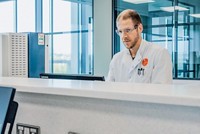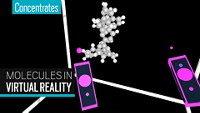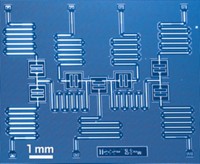Advertisement
Grab your lab coat. Let's get started
Welcome!
Welcome!
Create an account below to get 6 C&EN articles per month, receive newsletters and more - all free.
It seems this is your first time logging in online. Please enter the following information to continue.
As an ACS member you automatically get access to this site. All we need is few more details to create your reading experience.
Not you? Sign in with a different account.
Not you? Sign in with a different account.
ERROR 1
ERROR 1
ERROR 2
ERROR 2
ERROR 2
ERROR 2
ERROR 2
Password and Confirm password must match.
If you have an ACS member number, please enter it here so we can link this account to your membership. (optional)
ERROR 2
ACS values your privacy. By submitting your information, you are gaining access to C&EN and subscribing to our weekly newsletter. We use the information you provide to make your reading experience better, and we will never sell your data to third party members.
Physical Chemistry
Map Charts Chemical Space
Mathematical algorithm capable of generating virtual molecules could help researchers discover new drugs and materials
by Stu Borman
April 29, 2013
| A version of this story appeared in
Volume 91, Issue 17
A map covering the entire universe of possible small-molecule structures could, in the spirit of the Starship Enterprise, help researchers boldly go where none have gone before to discover new drugs and new materials. An algorithm to generate such maps has been created by a team led by Weitao Yang and David N. Beratan of Duke University (J. Am. Chem. Soc., DOI: 10.1021/ja401184g). The algorithm is capable of churning out virtual collections of molecules. Eliminating unstable and nonsynthesizable structures from the collections leads to compound maps that scientists can scout for drug candidates and advanced materials to synthesize. This isn’t the first effort to map chemical space. For instance, Jean-Louis Reymond of the University of Bern, in Switzerland, and coworkers developed a database of 166 billion small molecules last year (J. Chem. Inf. Model., DOI:10.1021/ci300415d). But the effort by Beratan and coworkers is the first attempt to map the entirety of chemical space, which includes an estimated 1060 molecules.





Join the conversation
Contact the reporter
Submit a Letter to the Editor for publication
Engage with us on Twitter